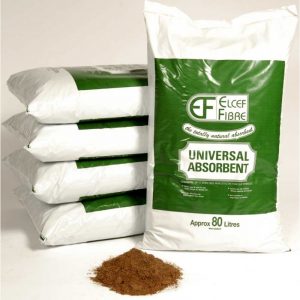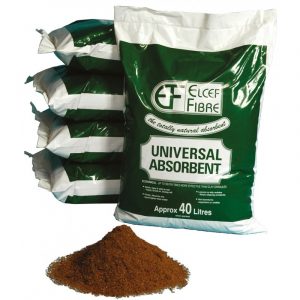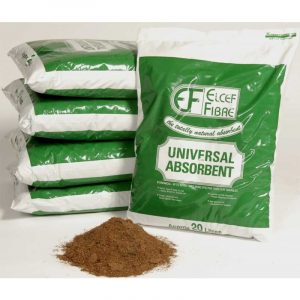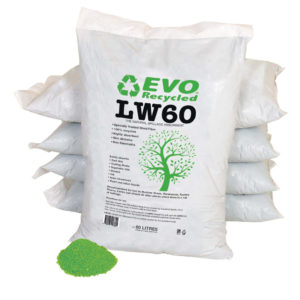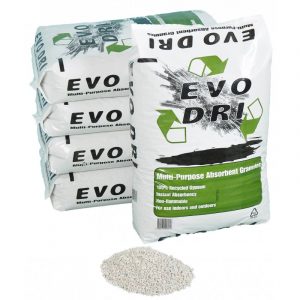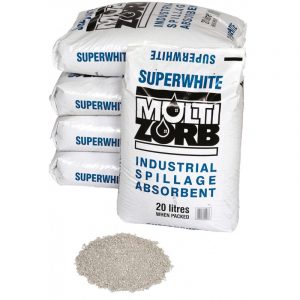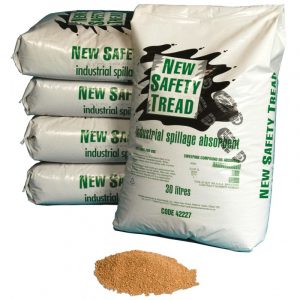Loose Absorbents
Society has moved on a long way since sand and soil were the absorbents of choice. However, loose absorbents still have a very important role to play with large scale spillages but can now be complimented with some more modern products and materials.
Clay granules took over from sand, because sand is not a porous material it
could not physically absorb, but when dry it could adsorb and was better than
nothing. Clay granules with their porous nature could both absorb and adsorb
so became a preferred solution to clean up spillages.
Clay itself is hampered by its low absorption capacity and its preference to
absorb water more readily than hydrocarbons rendering it useless for use in
wet conditions. The weight of the clay granules is also an issue, especially
when saturated, making application, clean up and retrieval a tiresome and
laborious task.
Lightweight absorbents such as wood fibres and Elcef Fibre absorbent emerged
in to the market to supersede the inadequacies of clay granules offering far
superior absorption, ease of handling and versatility.
Elcef Fibre offers a cost effective alternative to the loose absorbent market.
Being lightweight it is easy to apply, use and retrieve leaving surfaces safe
and clean. Unlike most absorbents it is not sourced from depleting earth
resources and is not cut down from non-sustainable woodlands. It is
biodegradable and far more absorbent than traditional clay absorbents.
Moreover, it has an affinity to absorb hydrocarbons in preference to water so
can be used in any environment on land or water.
Showing all 7 results
Cart
Search

